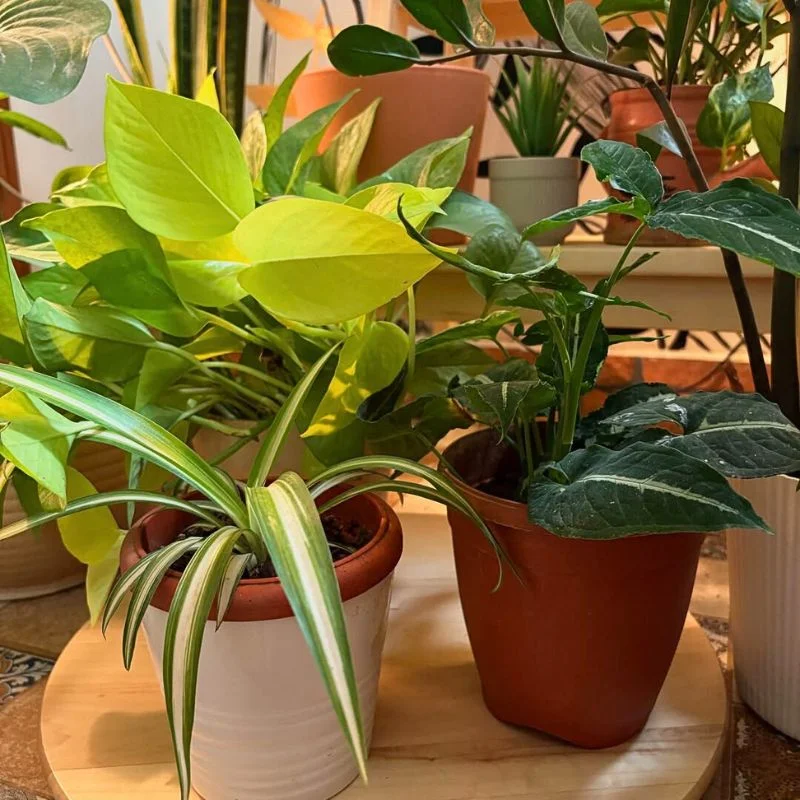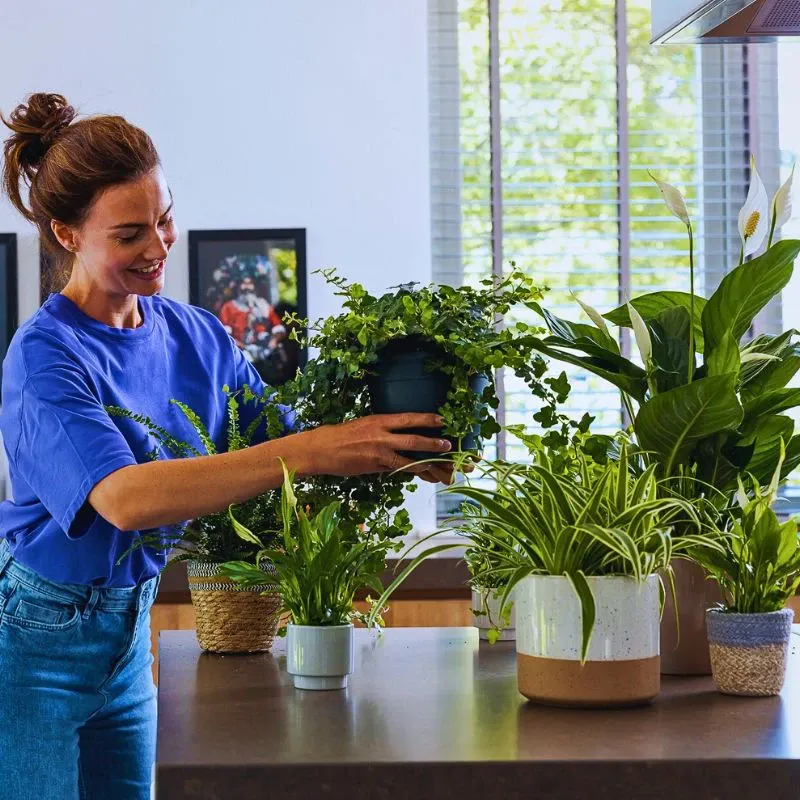When you think of home pests, your mind might usually jump to rodents, termites, or cockroaches. But what about the sneaky invaders that don’t get as much attention? Your home—especially your garden—might be under silent attack from unexpected pests that cause more damage than you realize. These creatures can destroy plants, weaken structures, and even attract more dangerous infestations.
Here are six unexpected pests that could be wreaking havoc on your home and garden.
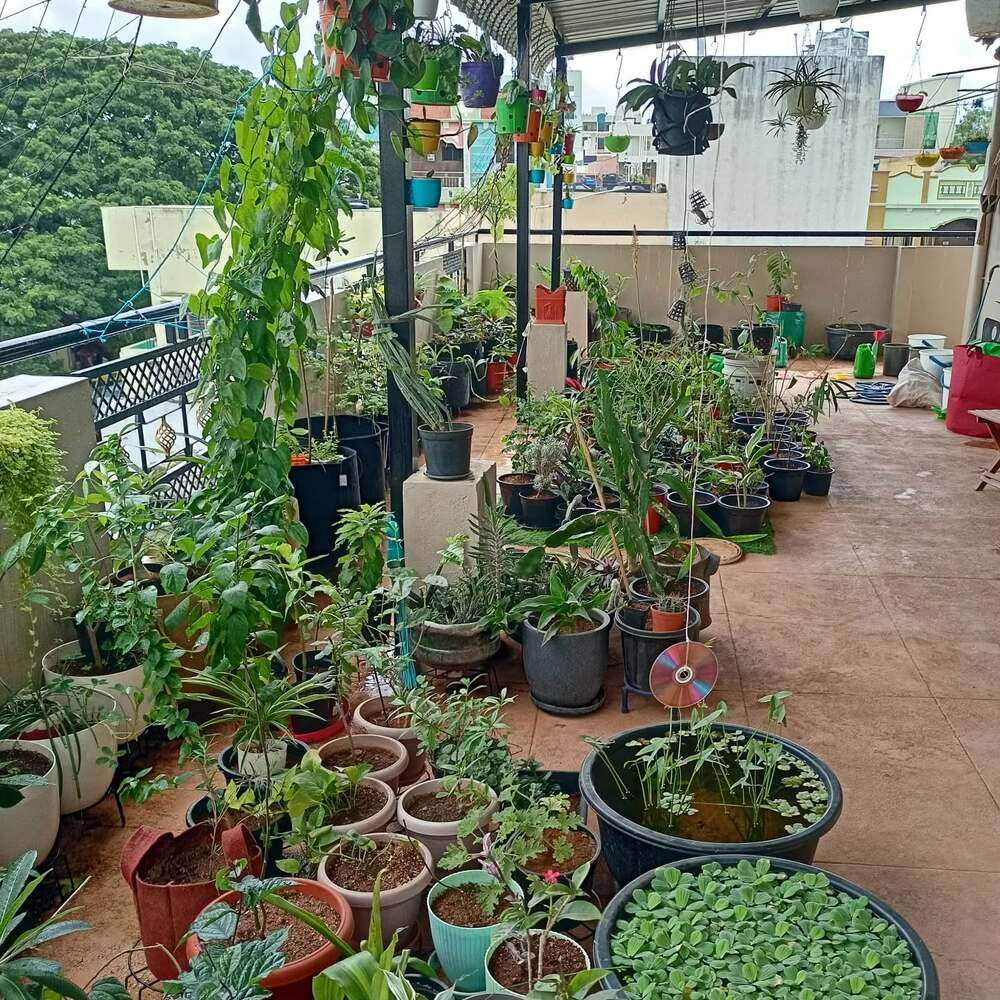
Earwigs – The Garden Nightmares
At first glance, earwigs may not seem like a big problem. They are small, brown insects with intimidating pincers. While they don’t pose a direct threat to humans, they are notorious for damaging plants, flowers, and vegetables. They feast on young seedlings, soft fruits, and decaying organic matter, making them a serious problem for gardens.
How They Affect Your Home
Earwigs often hide in mulch, under pots, or near damp areas of your home’s foundation. They can slip inside through cracks and take refuge in basements or bathrooms. Once inside, they may continue damaging indoor plants.
How to Prevent Them:
- Keep your garden dry by reducing excessive mulch or leaf litter.
- Seal cracks around windows and doors.
- Use diatomaceous earth around garden beds to deter them.
Carpet Moths – The Sneaky Fabric Destroyers
Carpet moths might sound like a purely indoor nuisance, but they often originate in gardens before making their way into your home. These tiny moths lay eggs in natural fibers, and their larvae feed on wool, silk, and other organic materials. Outdoors, they thrive in compost piles, garden sheds, and even bird nests.
How They Affect Your Home:
Once inside, carpet moth larvae can wreak havoc on rugs, upholstery, and clothing made from natural fibers. They may feed on organic materials and plant debris in gardens, contributing to an ongoing infestation.
How to Spot Them:
- Small, buff-colored moths fluttering near carpets or closets.
- Irregular holes in rugs, upholstery, or natural fiber fabrics.
- Silk-like webbing or cocoons in hidden corners.
How to Prevent Them:
- Regularly vacuum and clean carpets, rugs, and furniture, especially in low-traffic areas.
- Store wool and silk items in airtight containers or with natural repellents like cedar blocks.
- Keep your garden tidy by removing debris where moths may lay eggs.
- Use pheromone traps to catch adult moths and prevent breeding.
If you notice irregular holes or thinning areas in your carpets or clothing, it could be a sign of a carpet moth infestation. To combat the issue, consider professional carpet moth treatment, which can help eliminate the infestation and prevent further damage.

Pill Bugs (Roly-Polies) – Cute But Destructive
Pill bugs, or roly-polies, are commonly found in moist garden soil. While they are often seen as harmless, they can become problematic when their population explodes. These crustaceans feed on young plants, roots, and soft fruits, causing significant damage over time.
How They Affect Your Home:
Pill bugs thrive in moisture, so they might crawl inside if your home has excessive dampness. They can damage wooden structures, weaken foundations, and create pathways for other pests like termites.
How to Prevent Them:
- Improve garden drainage to reduce moisture.
- Store firewood and organic debris away from your house.
- Fix leaks and ensure proper ventilation in basements and crawl spaces.
Slugs and Snails – Silent Garden Killers
These slimy pests are notorious for eating through leaves, flowers, and vegetables. Slugs and snails are most active at night and during damp conditions, making them particularly harmful in gardens with heavy watering.
How They Affect Your Home:
Aside from ruining your garden, slugs and snails can invade damp areas of your home, like basements, garages, and even bathrooms. Their mucus trails can attract other pests, leading to further infestations.
How to Prevent Them:
- Use copper tape around garden beds to repel them.
- Remove hiding spots like tall grass, bricks, and wooden planks.
- Set up beer traps or sprinkle crushed eggshells around plants.
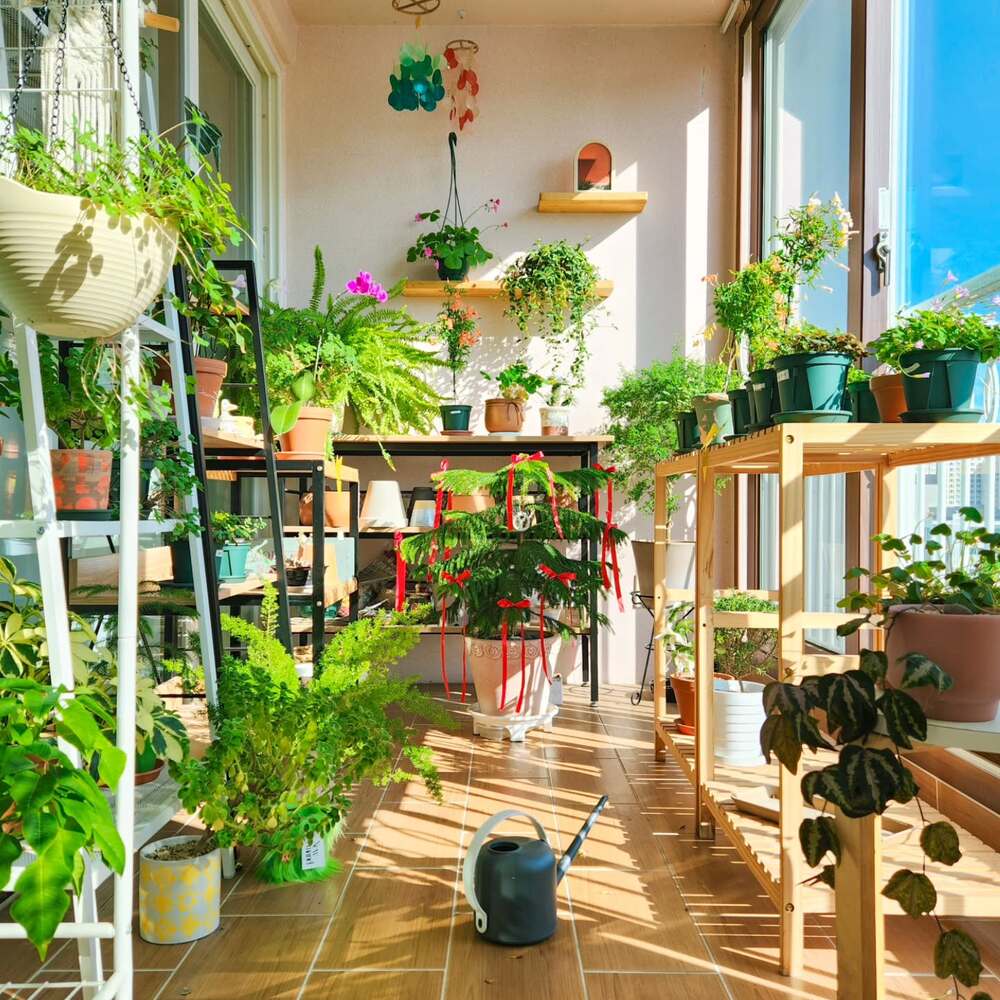
Aphids – Tiny but Devastating
Aphids are tiny, sap-sucking insects that can rapidly multiply and decimate an entire garden. These pests weaken plants by sucking out nutrients and spreading diseases.
How They Affect Your Home:
Aphids attract ants, which feed on their honeydew secretions. If left unchecked, this can lead to an ant infestation inside your home. Additionally, the sticky residue left by aphids can lead to mold growth on plants and nearby surfaces.
How to Prevent Them:
- Introduce natural predators like ladybugs.
- Spray plants with a mixture of water and mild soap to deter them.
- Remove infected plant parts and maintain healthy soil.
Voles – The Underground Menace
Voles are small rodents that tunnel through the soil, feeding on plant roots and bulbs. Unlike moles, which primarily eat insects, voles are plant-eaters, making them a serious threat to your garden.
How They Affect Your Home:
Their tunneling can weaken the soil structure around your home, potentially causing foundation problems. Additionally, their presence attracts larger predators, which may pose a separate issue.
How to Prevent Them:
- Install underground mesh barriers around plants.
- Keep your garden tidy and remove excess mulch or grass clippings.
- Use castor oil or predator urine sprays to deter them.
Cockroaches – The Resilient Invaders
Cockroaches are infamous household pests, but many people don’t realize that they often start their invasion from the garden. These resilient insects thrive in outdoor environments like compost heaps, mulch beds, and under garden debris. From there, they can easily make their way into your home in search of food, warmth, and shelter.
How They Affect Your Home:
Once inside, cockroaches contaminate food, spread bacteria, and trigger allergies. Their droppings, shed skins, and saliva can worsen asthma symptoms, especially in children. Outdoors, they can damage plants by feeding on seedlings and decaying matter, while also attracting other pests like ants and rodents.
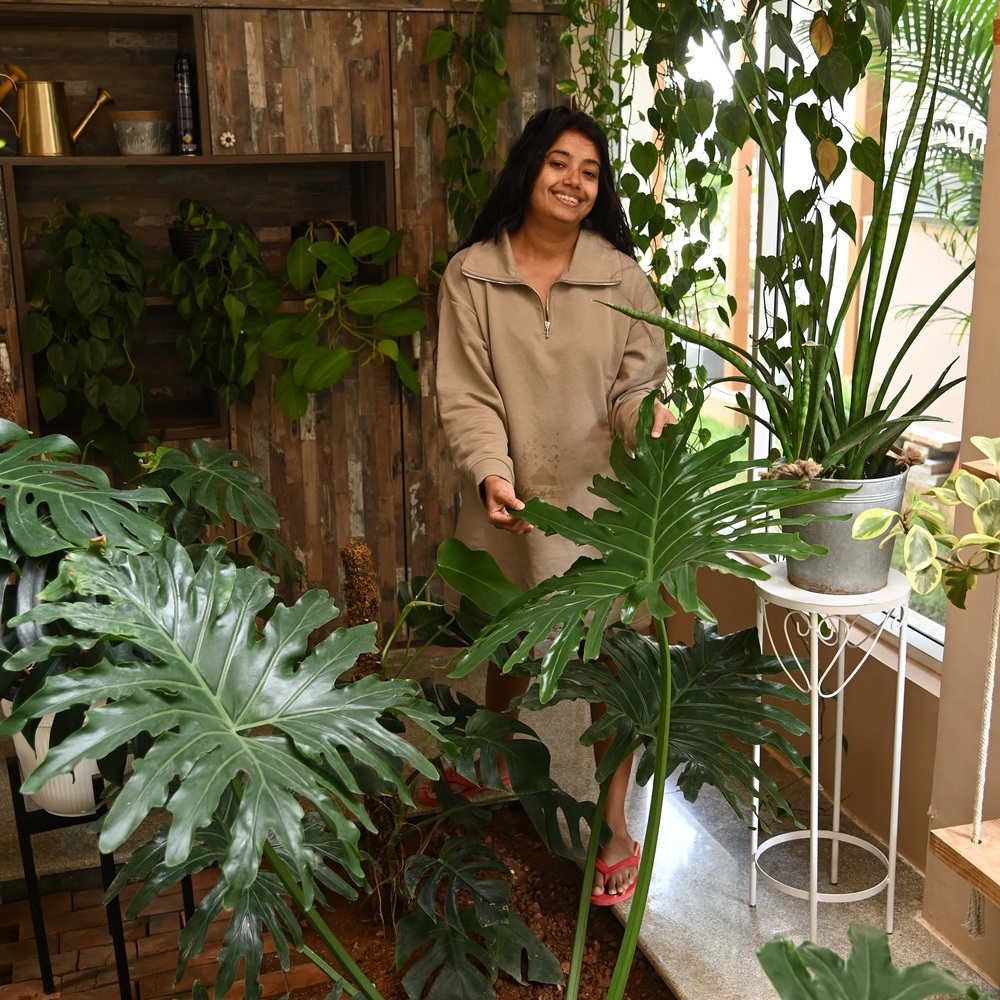
How to Spot Them:
- Sightings of cockroaches scurrying in dark or damp areas (especially at night).
- Foul, musty odors, particularly in enclosed spaces.
- Droppings resembling coffee grounds or black pepper.
- Shed skins or egg cases near baseboards or behind appliances.
How to Prevent Them:
- Keep garden areas tidy by removing decaying leaves, mulch, and woodpiles.
- Store firewood away from your home’s foundation.
- Seal cracks around doors, windows, and vents to block entry points.
- Use boric acid or cockroach baits in infested areas.
- Ensure proper drainage to eliminate standing water in both your garden and home.
Final Thoughts
Your home and garden may be under attack from pests you never considered dangerous. While some of these creatures seem harmless, their long-term impact can lead to significant damage. You can protect your home, garden, and peace of mind by taking proactive steps to prevent infestations.



